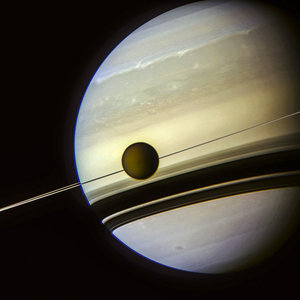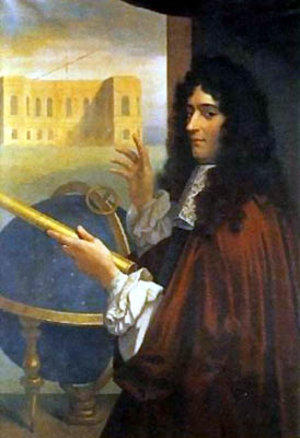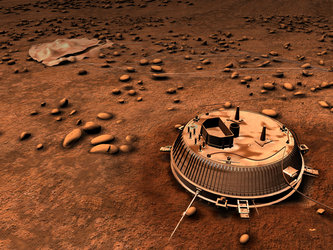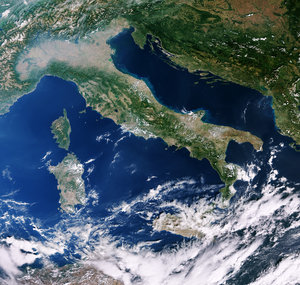Encounter with Phoebe
The most complex interplanetary mission ever launched is about to meet one of our Solar System’s most enigmatic moons. The NASA/ESA/ASI Cassini-Huygens spacecraft will fly by Saturn’s largest outer moon, Phoebe, on Friday, 11 June 2004.
The spacecraft will capture images of Phoebe that have a resolution more than a thousand times better than existing technology has allowed in the past.
It will be also able to gather important data, allowing scientists to study Saturn's most distant major moon and possibly gather clues about the early formation of our Solar System.

The closest approach is at about 22:56 CET on Friday, just 19 days before arrival at Saturn. A final trajectory correction manoeuvre is scheduled for 16 June. On 1 July, Cassini-Huygens will become the first spacecraft to orbit Saturn.
The images of Phoebe are expected to be impressive because they will be taken from a much closer distance than in the early 1980s when Voyager 2 visited the system. Then, Voyager's cameras snapped images of Phoebe from about 2.2 million kilometres.
Cassini-Huygens will take photographs from only 2000 kilometres from the moon's surface. The latest images from Cassini-Huygens are already twice as good as any image returned by Voyager 2, and show large craters and variation in surface brightness.
Because of technological improvements over the last twenty years, the cameras on the spacecraft are not only smaller, but also far superior in image quality than their earlier counterparts.
Yet, the improved optical capabilities are only part of the excitement surrounding this fly-by of Phoebe. Cassini-Huygens will also collect spectroscopic and radar data that could decipher the composition and origin of this distant moon.
What can we find out about Phoebe?
Discovered more than 100 years ago by American astronomer William Pickering, Phoebe is a source of extensive interest for scientists. We do know that Phoebe's density is low, but its internal structure and composition are mostly unknown - as are its geology, history and surface morphology.
Cassini-Huygens can help us with our many unanswered questions. Did Phoebe ever melt? Does it have evidence of past interior melting? Was it ever an icy body? Why is this moon in such an odd 'retrograde' orbit?
Because of this orbit and its very dark colour, Phoebe is believed to be a body from the distant outer Solar System. Could it be a captured 'Kuiper belt' object?
Credits: NASA/JPL/Space Science Institute









